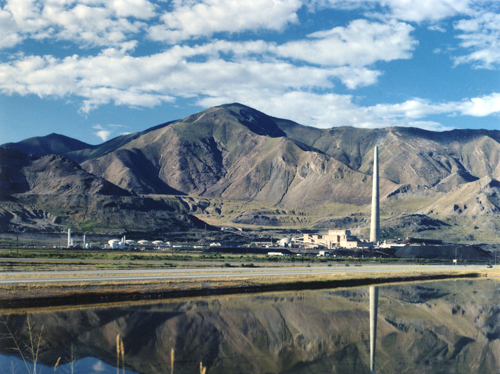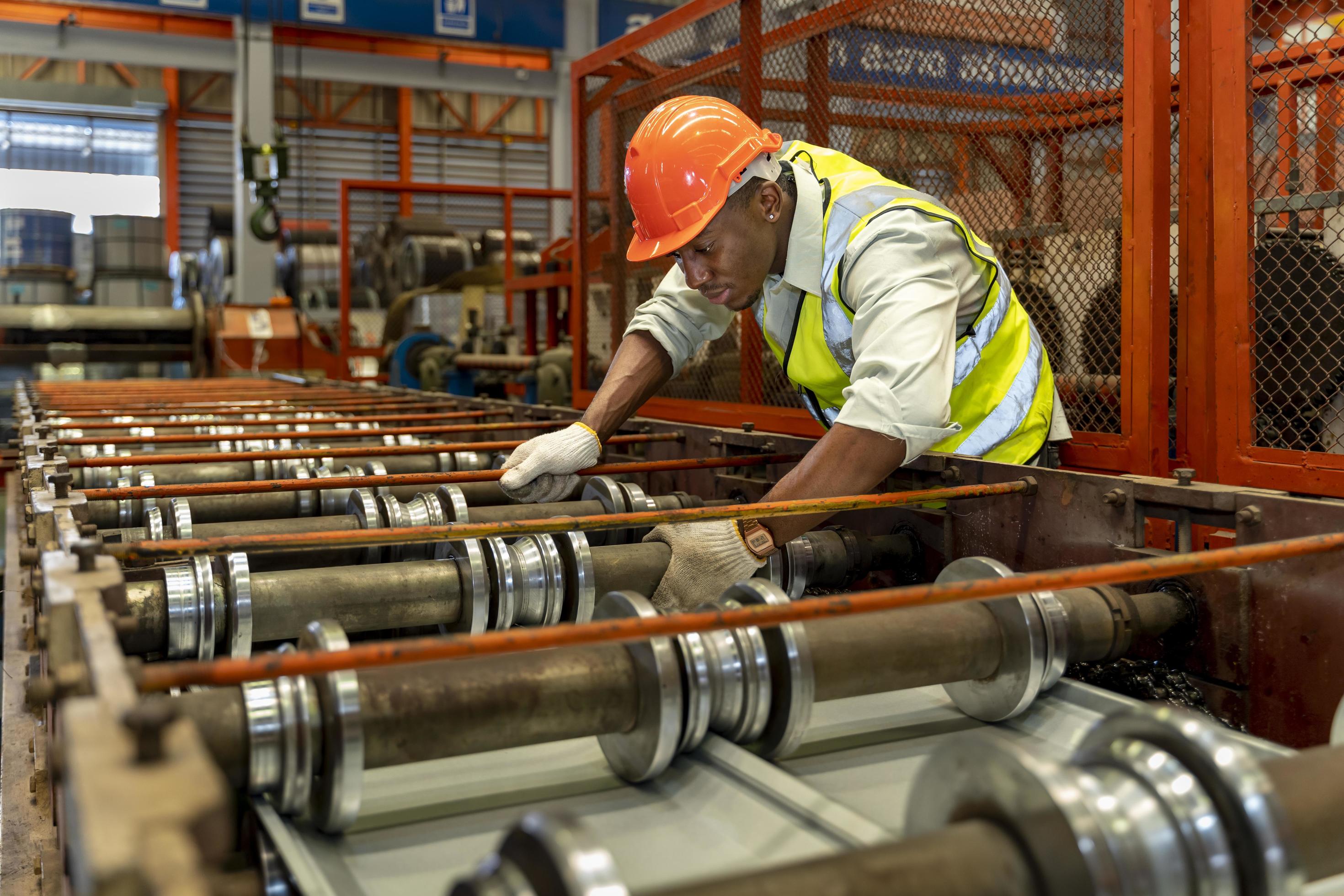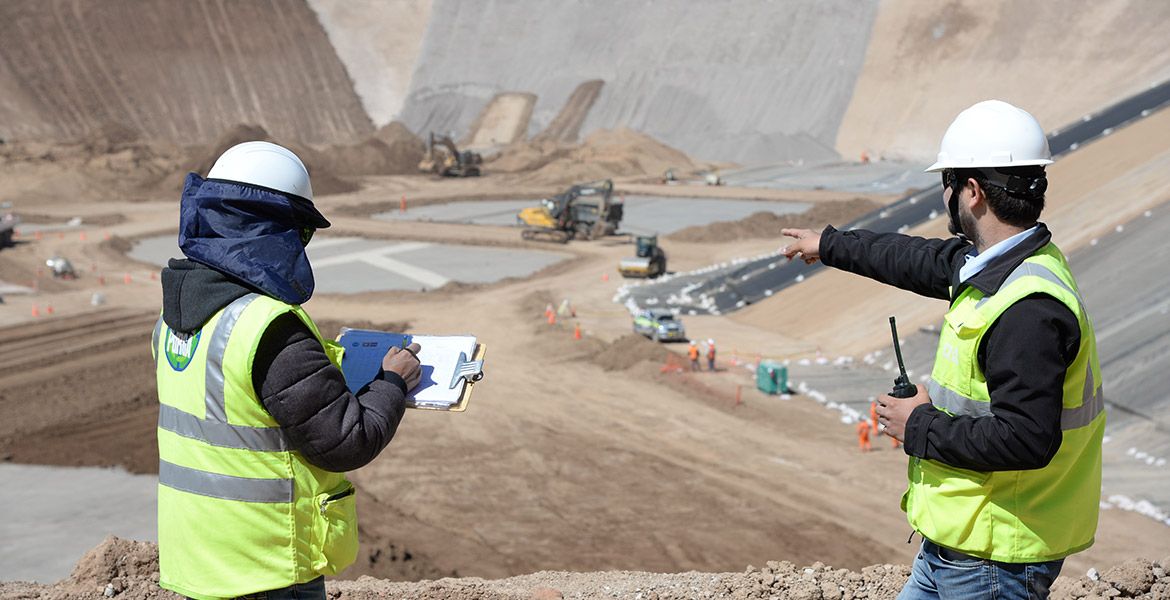
Measuring two and three-quarter miles across and with a depth of approximately three-quarters of mile, the Bingham Canyon Mine was for many years the largest man-made excavation on Earth. It is from here, southwest of Salt Lake City, Utah, in the Oquirrh Mountains that Rio Tinto Kennecott sources almost a quarter of the total copper needs of the United States.
It was in 1903 that the then Utah Copper Company was incorporated, tasked with overseeing the development of the mine itself, and it is fair to say that its success in mining the huge, low-grade porphyry copper type ore body revolutionised the copper industry, and set the pattern for the large open-pit porphyry copper mines that today dominate the copper industry worldwide. Expansion of the mine took off rapidly with the region quickly becoming a hub for mining activity.
The Bingham Canyon Mine has been a fixture of Salt Lake Valley for more than 111 years and during that time has produced some 19 million tonnes of copper, more than any other mine. Still among the very largest open-pit operations on the planet, Kennecott continues to look at extending the life of the mine and their capabilities.
“It stands to reason that we are incredibly proud of our history and of being a feature of Salt Lake Valley for well over a century,” states Rohan McGowan-Jackson, Vice President, Resource Development and Communities. “In that time we have firmly established ourselves as the largest private economic driver in Utah, generating more production, exports, income and employment than any other company. Today we have approximately 2,500 employees, while the number of indirect jobs created by the mine’s operations has been estimated at some 14,000.”
Given its significance in the region it is appropriate that Rio Tinto Kennecott holds a steadfast belief in being not only the steward of the land on which it operates, but also being a strong community partner. Where possible the company has endeavoured to prevent or minimise any potentially harmful effects that its activities may have on the environment. It does so through the implementation of self-imposed environmental targets that assist it in achieving good management of natural resources and sustainable development.
The concept of sustainable development also extends to the company’s work with local communities. “Since Rio Tinto acquired Kennecott in 1989,” McGowan-Jackson continues, “it has invested several billion dollars into modernising the core business and allowing it to achieve the growth it has in recent years. While this relates specifically to the internal growth of the business it has allowed us to extend the licence of the operation and that in turn results in creating even more well paid jobs and maintaining the flow-on from the taxes we pay.”
According to figures available to the end of 2011, Rio Tinto Kennecott’s total contribution to the communities that exist around the Bingham Canyon Mine totalled $1.2 billion. This massive figure has helped in all manner of ways, one of the best examples of which can be seen in the existence of the Daybreak Community.
“Daybreak is nothing short of an outstanding positive story of post-mining land use,” McGowan-Jackson enthuses. “What was previously a 4,000 acre area of land used to support mining activity has since received the necessary investment to clean it up and transform it into a modern master-planned community, built upon the principles conceived by Envision Utah, a public-private partnership that promotes quality, sustainable growth.”
Virtually the entire Daybreak Community is built around the concept of sustainability, with all houses carrying a level three energy efficiency certificate and contributing towards a 20-30 percent reduction in emissions, and water being recycled at every possible turn.
“What we have also learnt from the development of the Daybreak Community is the way you can have a material impact on the lives of people just through the way you design infrastructure,” McGowan-Jackson says. “The way you connect people’s homes to where they work has a big impact on the way they commute and this in turn has an impact on the levels of emissions being produced within a community.”
A study conducted by the University of Utah on the Daybreak Elementary School reaffirmed McGowan-Jackson’s comments when it highlighted that among the fifth graders attending the school, 88 percent walked or rode bikes to class each day. Meanwhile studies of similar schools outside of the community brought back figures that showed this figure falling to as low as 17 percent, with the vast majority being transported by bus or being dropped off by car. When you take these results and multiply them across the entire Daybreak Community you start to get a better picture of the positive social and environmental impact being made.
This commitment to planning and long-term investment has Kennecott well-positioned for the future. “Without doubt we have a fantastic foundation to continue to grow and extend the business,” McGowan-Jackson says. “We have fantastic, well maintained and invested physical assets on site, and the mineral asset which we are blessed to be working with here could potentially still possess as much metal as we have taken out in the last 110 years, so there is a great deal to be positive about.”
Even when taking these positives into consideration, McGowan-Jackson is clear about what the company’s strategy must be going forward. “Our task now is to achieve significant productivity improvements throughout our business,” he concludes. “We are already working hard to achieve this by focusing on lean practices, by working on achieving greater integration within our value chain and by motivating our frontline employees to find creative solutions to be more efficient, something that they continue to showcase by coming together and facing down significant challenges before bringing them to resolution.”
Written by Will Daynes, research by Jeff Abbott and Robert Hodgson



 Kennecott-Americas-Mining-Mar14-Bro-s.pdf
Kennecott-Americas-Mining-Mar14-Bro-s.pdf









